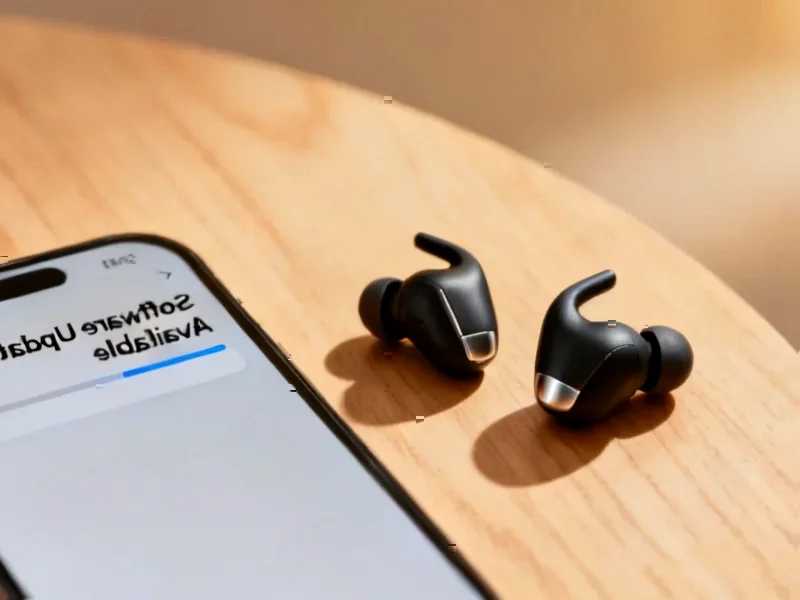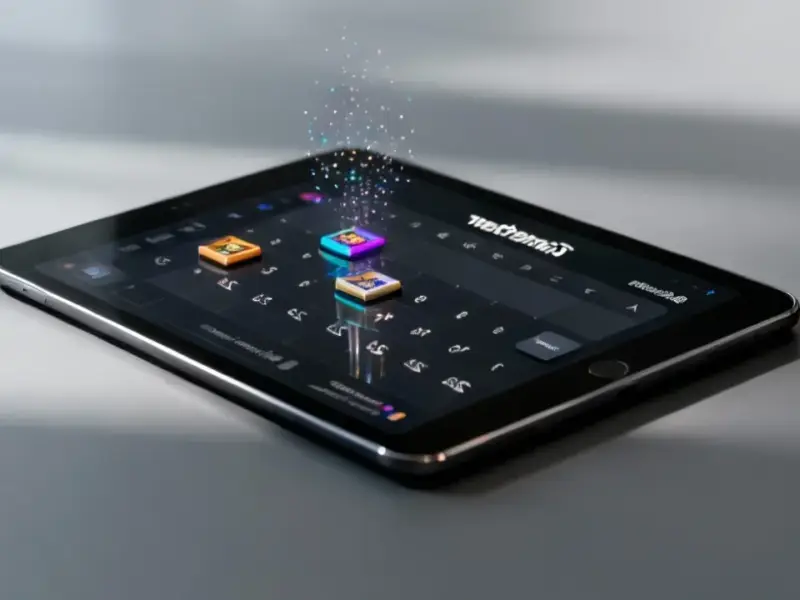According to SamMobile, Samsung has launched the 2025 Odyssey Cup esports tournament across Southeast Asia and Oceania, featuring Counter-Strike 2 as the official game. National qualifiers will run from November 7 to November 30 across eight participating countries, with the grand finals scheduled for December 12-14 in Kuala Lumpur, Malaysia. The competition will showcase Samsung’s Odyssey OLED G60SF gaming monitor, which features a 500Hz refresh rate and originally launched in the US earlier this year for $999. Red Bull returns as a key partner for the second consecutive year, providing energy drinks alongside the high-performance hardware.
The Refresh Rate Arms Race Intensifies
The push to 500Hz represents the latest escalation in display technology’s competitive landscape. While 144Hz became the esports standard and 240Hz the enthusiast benchmark just a few years ago, we’re now seeing manufacturers pushing into territory where diminishing returns become increasingly significant. The human eye can perceive differences up to around 1000Hz under laboratory conditions, but the practical benefits between 360Hz and 500Hz become marginal for all but the most elite professional players. What’s particularly notable is Samsung’s decision to showcase this technology specifically through Counter-Strike 2, a game where reaction times measured in milliseconds can determine match outcomes. This strategic alignment suggests Samsung understands that credibility in the esports community requires more than just impressive specifications—it demands real-world validation in competitive environments.
Southeast Asia’s Growing Esports Significance
Samsung’s choice of Southeast Asia and Oceania for this tournament reflects the region’s explosive growth in competitive gaming. Markets like Malaysia, Indonesia, Thailand, and the Philippines have become hotbeds for esports development, with young, tech-savvy populations driving engagement. The regional focus also represents a strategic counter to China’s dominance in hardware manufacturing and North America’s historical esports leadership. By establishing a foothold in these emerging markets, Samsung positions itself as both a technology provider and ecosystem builder. This approach mirrors strategies we’ve seen from other tech giants who recognize that hardware adoption often follows community development rather than preceding it.
The Professional-Amateur Divide Widens
While tournaments like the Odyssey Cup showcase cutting-edge technology, they also highlight the growing equipment gap between professional and amateur players. A $999 monitor represents a significant investment for most gamers, creating a potential barrier to entry for aspiring competitors. This dynamic raises questions about the long-term health of esports ecosystems when the hardware requirements for competitive play become increasingly expensive. However, Samsung’s strategy follows a familiar pattern in technology adoption—premium features eventually trickle down to more affordable models. The 500Hz technology demonstrated in this tournament will likely become more accessible over the next 2-3 years, much as 240Hz displays have moved from premium to mainstream price points.
Counter-Strike 2’s Esports Rehabilitation
The choice of Counter-Strike 2 as the tournament’s centerpiece game is particularly interesting given the title’s challenging transition from CS:GO. As noted in the source material, the game faced significant community backlash initially, particularly around its anti-cheat systems. By aligning with a tournament of this scale, Samsung provides validation for Valve’s ongoing efforts to stabilize and improve the competitive experience. This partnership represents a vote of confidence in Counter-Strike 2’s long-term viability as an esports title, which could influence other hardware manufacturers and tournament organizers. The collaboration demonstrates how technology companies and game developers increasingly depend on each other for mutual success in the competitive gaming space.
Broader Market Implications
Beyond the immediate tournament impact, Samsung’s 500Hz push signals where the broader display market is heading. We can expect competing manufacturers to accelerate their own high-refresh-rate development cycles, potentially bringing 360Hz and 480Hz displays to more affordable price points sooner than anticipated. The emphasis on OLED technology in gaming monitors also represents a significant shift—traditionally, OLED’s slower pixel response times made them less ideal for competitive gaming, but recent advancements have largely closed this gap. As esports continues to professionalize, the relationship between hardware manufacturers and tournament organizers will likely deepen, creating new revenue streams and marketing opportunities beyond traditional retail channels.




